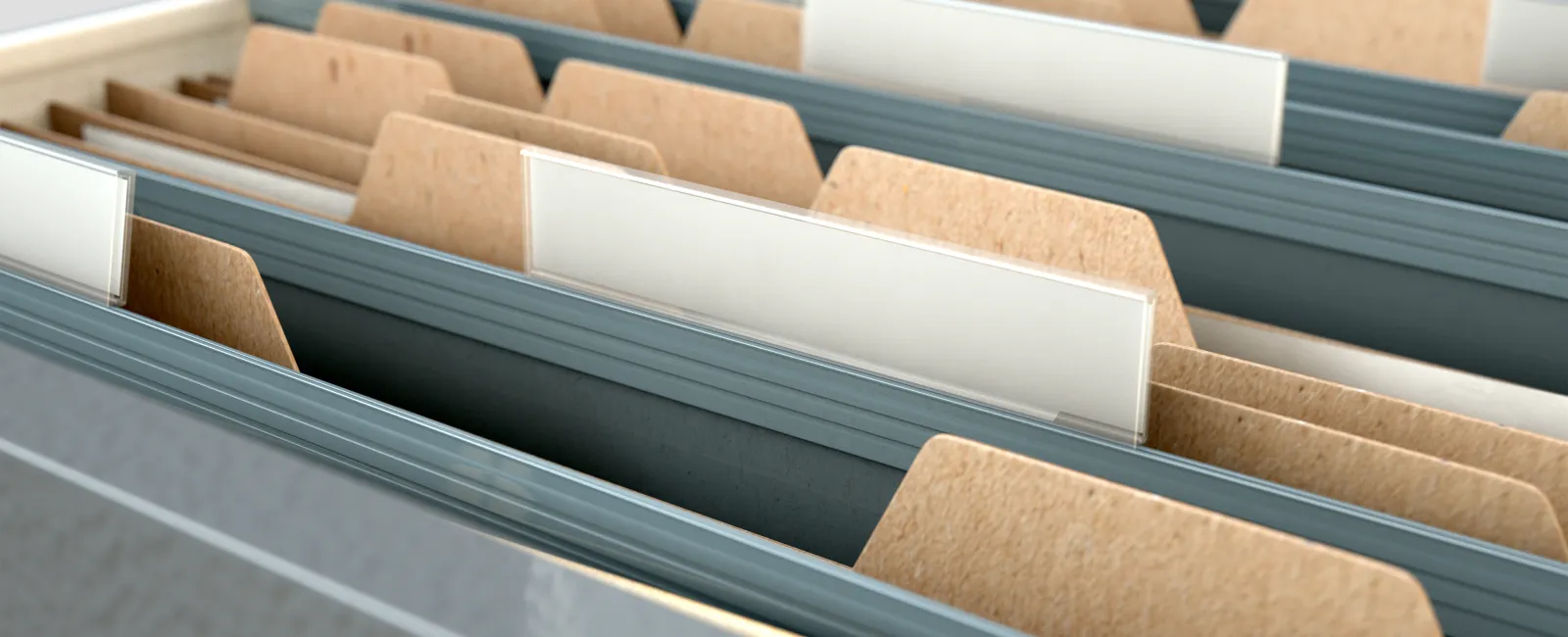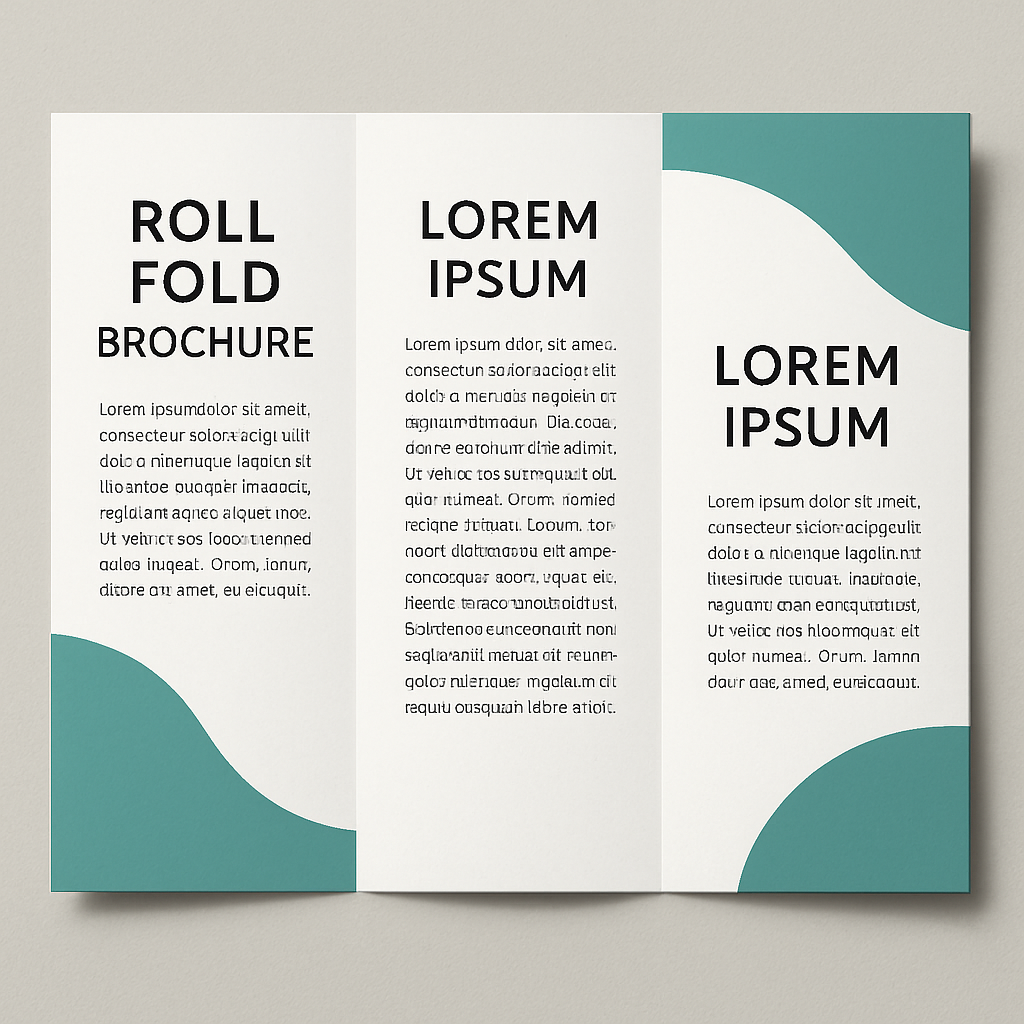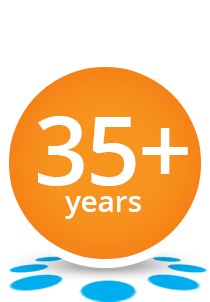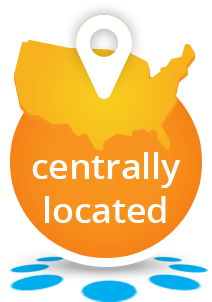Designing Effective Roll Fold Brochures
Creating a
They are perfect for presenting information in a sequence. This makes them ideal for product catalogs and event programs.
Designing an effective
Choosing the right
This guide will help you design impactful
What is a Roll Fold Brochure ?
A
These brochures are efficient for organizing information. They're great for guiding readers through content in order. This structure enhances engagement and comprehension.
Typically, the standard sizes are 8.5" x 11" or 11" x 17". Each fold adds dimension and interest. Key features include:
- Multiple panels for extended content
- Clear sequential presentation
- Compact and easy to distribute
Benefits and Uses of Roll Fold Brochures
Their compact nature makes them easy to handle and distribute. This is valuable for businesses wanting cost-effective solutions. Moreover, the multiple panels can house substantial information without cluttering.
These brochures are versatile across various fields. Popular applications include:
- Marketing materials for businesses
- Product catalogs for retail
- Event programs for conferences
Their format allows for creative and engaging designs. Businesses can showcase their brand's identity while maintaining professionalism.
Key Elements of Effective Roll Fold Brochure Design
Creating a
Consistent branding is vital. Use colors and fonts that align with the brand's identity. This helps in building brand recognition and trust.
Visual hierarchy is crucial for guiding the reader's eye. Headlines should be bold and noticeable, with subheaders providing structure. Smaller text can expand on details without overwhelming.
Balance text with visuals to keep it visually appealing. Use high-resolution images to maintain quality. Imagery should support the brochure's message without distracting from the content.
Here are key elements to focus on in your design:
- Clear visual hierarchy
- Consistent branding
- Engaging and relevant images
- Balanced text and visuals
- Strong calls to action
Strong calls to action guide the audience's response. A simple "Learn More" or "Contact Us" can direct the reader effectively.
Choosing the Right Brochure Templates
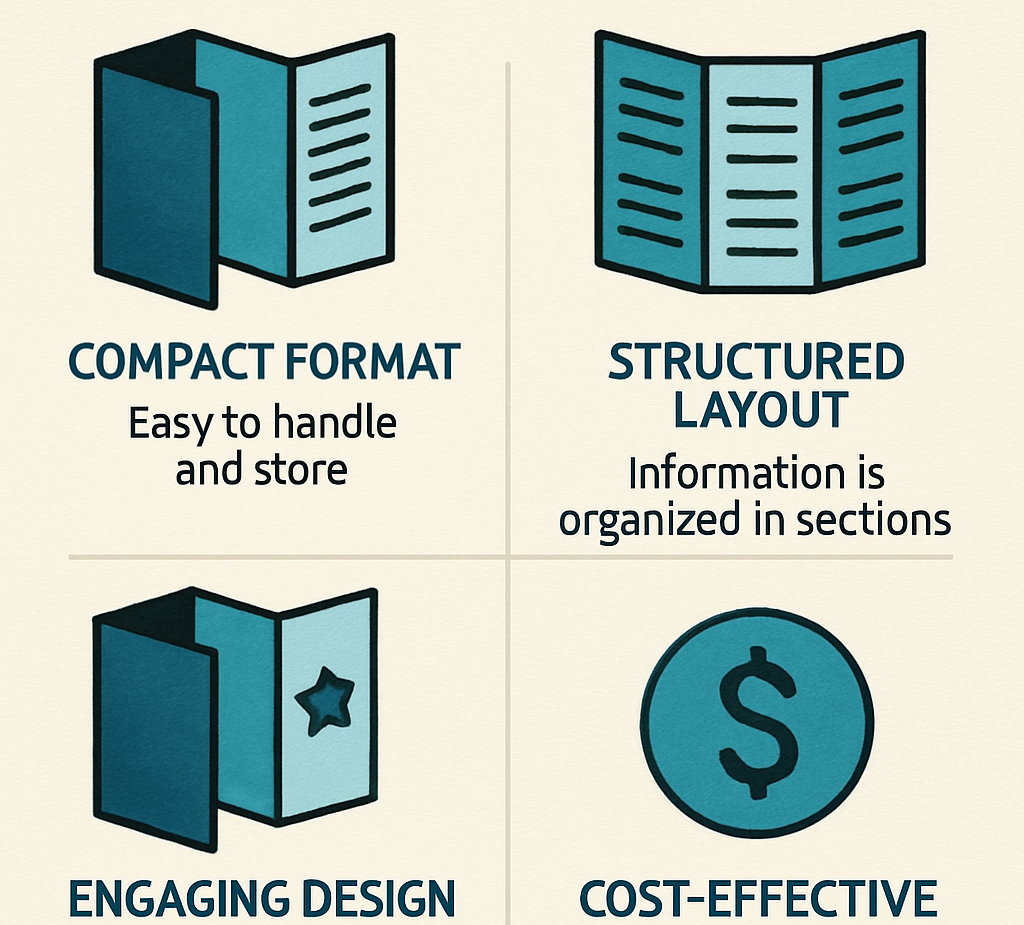
Selecting the right brochure template streamlines the creative process. Templates offer a ready-made structure, easing layout complexities. They ensure consistency, allowing more focus on content and design details.
Consider several factors when choosing a template. Match the template's style with your brand's identity. Look for flexibility in customization to accommodate your specific needs. The template should also support high-quality printing options.
Here's what to consider:
- Template style aligning with brand identity
- Customization flexibility
- Supports high-quality printing
Templates, available online, come in various styles and formats. Ensure the chosen template enhances your design, not limits it. This makes the brochure both attractive and effective.
Layout and Content Planning Tips
Effective content planning gives your
Use a grid system to maintain alignment and balance. A clear and consistent layout avoids overwhelming the reader. Divide information logically, ensuring each panel has its own purpose and is engaging.
Consider incorporating strong calls to action. This encourages readers to take the next step. Place them strategically, ensuring they stand out but don't disrupt the flow of reading.
Tips for planning layout and content:
- Establish a clear message
- Use a grid for alignment
- Include strong calls to action
Prioritize readability by using legible fonts and appropriate sizes. This enhances the brochure's professionalism and effectiveness, making it more likely to leave a lasting impression.
Best Practices for Brochure Printing
Achieving high-quality
Color accuracy plays a crucial role in maintaining your brand's image. Request a print proof to evaluate colors before the full print run. This step prevents unexpected discrepancies that can affect your credibility.
In collaboration with a professional printer, ensure that all design files meet the correct specifications. Attention to detail here optimizes the overall print quality.
Consider these best practices:
- Choose suitable paper and finish
- Verify color accuracy with proofs
- Ensure files meet printer specs
Finally, test and adjust folding techniques. A perfectly aligned fold enriches the brochure's usability and visual appeal.
Common Mistakes to Avoid
Designing
Ensure the design is clean and balanced. Inconsistent branding and poor image quality can undermine the brochure's impact. Ensure fonts remain legible and images are high resolution.
Remember to avoid these pitfalls:
- Excessive text on panels
- Low-quality images
- Inconsistent brand representation
Attention to these details improves overall design quality and reader engagement.
Final Checks and Distribution Strategies
Before sending your
Choose distribution methods that match your campaign goals. Options include mailing, handing out in person, or placing them at strategic locations. Evaluate different strategies for maximum reach.
Key steps for final checks and distribution:
- Proofread and check alignments
- Create a printed mock-up
- Decide on effective distribution channels
Ensuring these steps are followed will enhance the impact and reach of your brochure.
Conclusion
Designing a
If you have any questions about roll fold brochures, call Formax at 866-367-6221 or submit our quote request form. Our experienced printing specialists can guide you through layout, binding, and finishing options to make sure your next project looks sharp and functions perfectly.
Take Care,
Rick

